While the charm of a Polaroid photograph is undeniable, understanding how to properly care for these snapshots is crucial to retaining their nostalgic allure. One common question that arises among Polaroid enthusiasts is whether these photos should be stored in the light or dark. The answer hinges on the unique chemical reactions that occur within a Polaroid photo, forming its iconic image.
What is a Polaroid Photo?
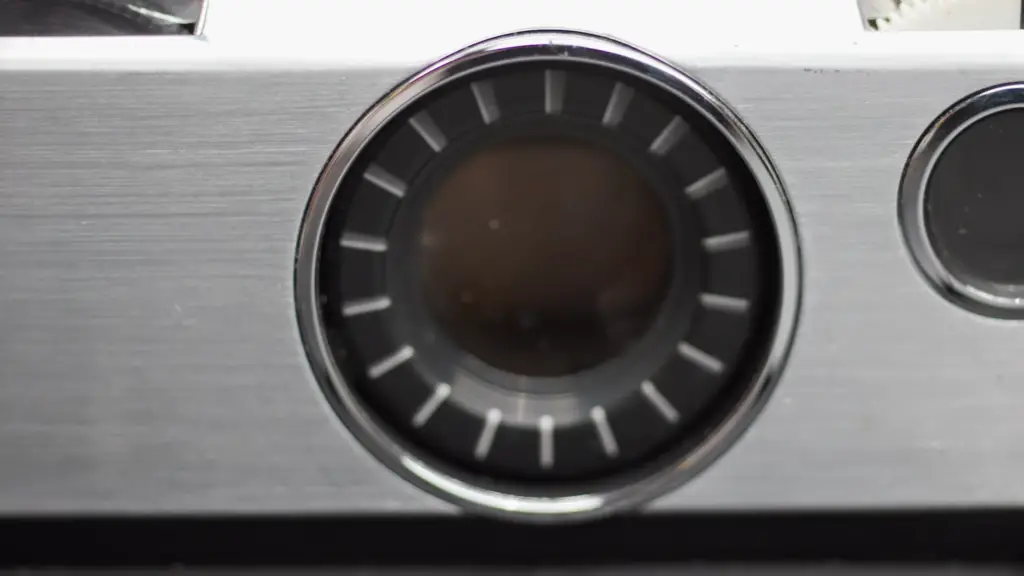
How Does the Chemical Reaction Work?
The chemical reaction behind Polaroid photographs is the same principle as conventional photography, but instead of developing the photograph in a darkroom, it occurs within the camera itself. In a Polaroid camera, light from the scene being photographed passes through a lens and onto an exposed piece of film that has been treated with chemicals called “dyes.” When light hits the dyes, it triggers a chemical reaction which produces an image. The image then undergoes further development before being transferred to a paper backing material and finally cut into prints of varying sizes. [1]
Should You Put Polaroids in Light or Dark?
An important question that arises for many when dealing with Polaroids is whether to expose them to light or keep them in the dark. Contrary to popular belief, shaking a Polaroid picture doesn’t help it develop faster. In fact, it can cause the chemicals to spread unevenly and ruin the photo. The truth is, Polaroids should be kept in a dark place while they develop.
When a Polaroid picture is first ejected from the camera, the developing photograph is covered by a layer that protects the photo from light. This allows the chemical reaction to complete and the image to appear. According to Polaroid, the photo should be shielded from light for a minimum of 6 minutes to ensure that it develops properly.
Therefore, it’s best to place your Polaroids face down or inside a photo box or drawer to protect them from light. After the photo has fully developed, it becomes much less sensitive to light, and you’re free to display it as you wish.
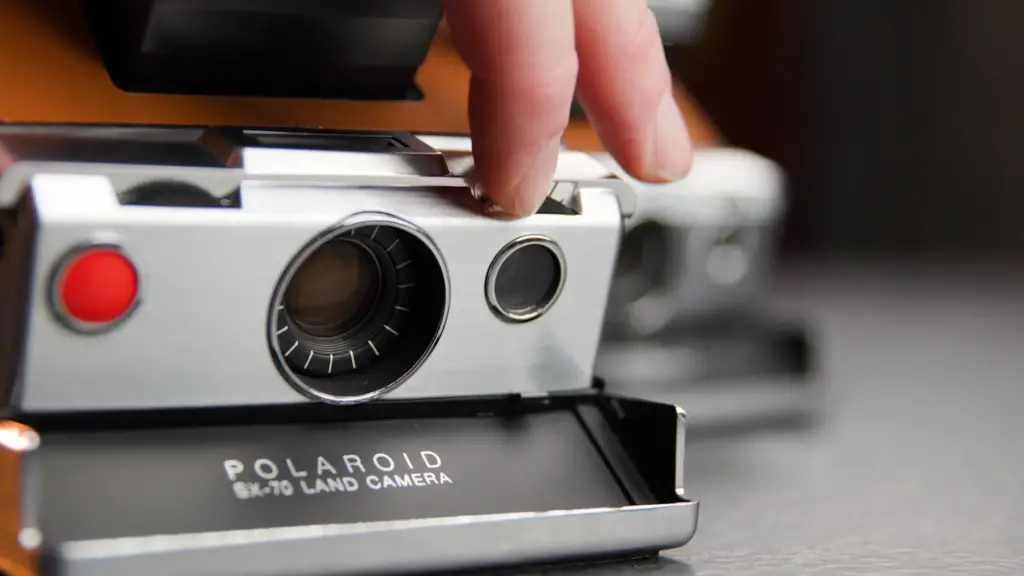
What’s the Best Way to Store My Polaroid Photos?
Polaroid photos can last for years if stored properly. To maximize the lifespan of your Polaroids, it’s best to keep them away from light, humidity, heat and moisture. These conditions will cause the photo paper to become brittle and discolored over time.
Many people choose to store their Polaroid pictures in albums or frames, as these provide some protection against the elements. Additionally, you can purchase acid-free archival photo sleeves or boxes which are designed to protect your photos from damage.
For optimal preservation of Polaroid photographs, it’s also a good idea to make digital copies of them and store those in a secure location like an external hard drive or cloud storage system. This will ensure that the photos are safe even if the originals were to become damaged or lost.
Taking these steps will help you keep your Polaroid pictures looking as vivid and vibrant as they did when they were first printed, ensuring that your memories remain precious for years to come.
How Can I Make My Polaroid Photos Last Longer?
In addition to proper storage, there are a few other small steps you can take to ensure that your Polaroid pictures last as long as possible. For instance, try not to touch the print too much with your fingers since oils and dirt from your hands can accelerate the fading process. You can also purchase frames or albums designed specifically for Polaroid photos, which will provide an extra layer of protection. [2]
Finally, you can purchase a special spray to help preserve the colors and keep your Polaroids looking fresh for longer. Just be sure to follow the instructions carefully when using such products.
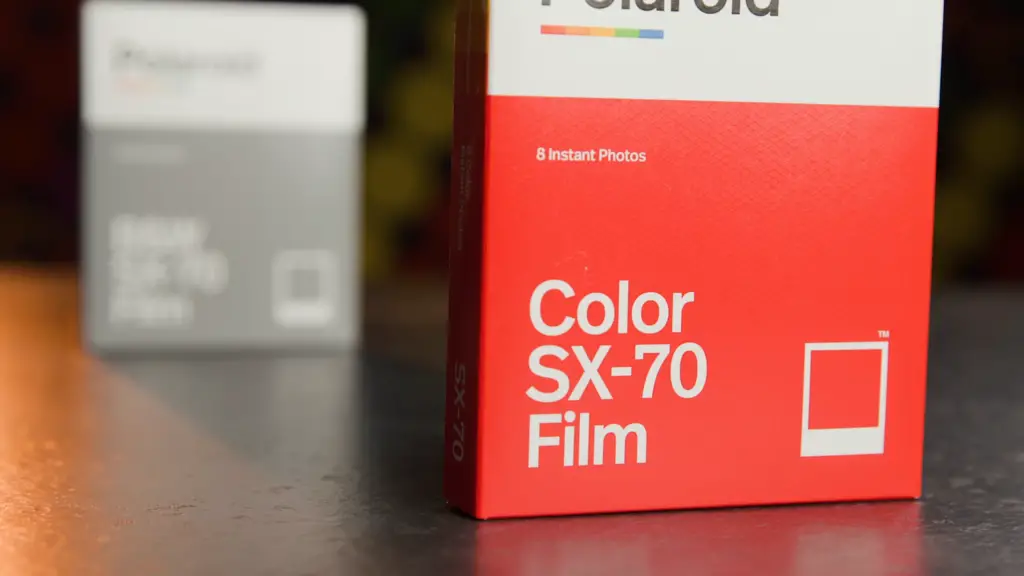
By taking these steps, your Polaroid photos should remain vibrant and preserved for years to come. They’ll be ready to take out and admire whenever the memories come back.
Tips for Displaying Your Polaroids
Once you’ve properly stored your Polaroid pictures, you may want to display them in a creative way. If so, here are some ideas for doing just that!
One option is to create a wall of photos using different sizes and colors that can also be interspersed with frames. You can also try clustering Polaroids together on tables or shelves, or even hang them from strings and pins.
Another creative display idea is to make a photo collage with colorful paper or fabric backing. You can also wrap Polaroids around a canvas for an interesting art piece. If you’re feeling really adventurous, take a few photos together with friends and family and create a life-size wall of memories!
No matter which display methods you choose, your Polaroid pictures will look great and be sure to bring back fond memories every time you look at them. Have fun with it!
The beauty of Polaroid photos is that they capture moments in a unique way that digital photographs just can’t replicate. By following the tips outlined above, you can preserve and display them for years to come, ensuring that those precious memories stay alive. [3]
Types of Polaroid Cameras Available
Polaroid cameras have been around for over 70 years, and during that time they’ve seen many revisions and upgrades. Today there are several types of Polaroid cameras available, each of which have their own unique features and benefits.
The original instant camera is the classic “SX-70” model which was first released in 1972. It’s a folding SLR (single lens reflex) camera that uses SX-70 film to produce its iconic prints. The newer “i-Type” cameras use the same film but are more affordable and easier to use.
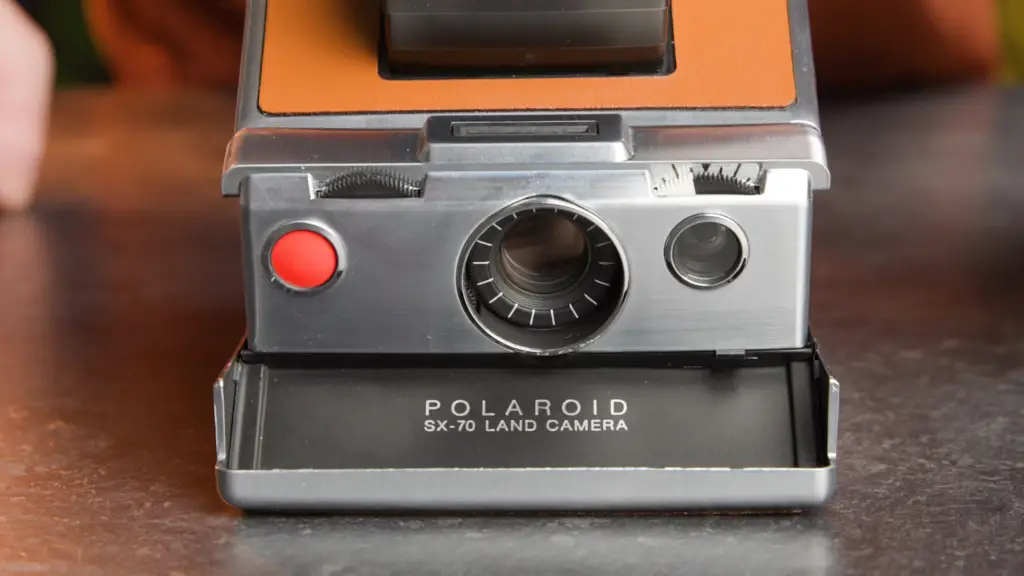
The “Onestep 2” is a modern version of the classic SX-70. It has been updated with new features such as an improved flash, a self-timer, and a rechargeable battery. It also produces prints that are sharper and have better colors than the original.
The “Impulse Q-Type” is a more advanced version of the Onestep 2 that uses larger prints and has a built-in flash and tripod mount. Finally, the “Polaroid Now” is a modern version of the classic SX-70 with improved features such as an adjustable aperture, exposure controls, and a built-in timer.
No matter which type of Polaroid camera you choose, you’ll be sure to capture memorable moments that will stay with you for years to come. Happy shooting!
Pros and Cons of Using a Polaroid Camera
Polaroid cameras have been around for many years and have a unique charm that digital cameras can’t replicate. Here are some of the pros and cons of using a Polaroid camera:
Pros:
- Instant prints make it easy to share photos right away
- Unique aesthetic that can’t be replicated with digital images
- Can capture moments in a way that focuses on the moment itself, rather than the images taken at it
- Great for capturing special occasions like weddings, birthdays, and anniversaries
Cons:
- Expensive film can be hard to come by in some areas
- Light sensitivity makes storing photos difficult
- Limited number of prints that can be made from each film cartridge
- Some Polaroid cameras are bulky and difficult to carry around
Whether or not a Polaroid camera is the right choice for you depends on your needs and preferences. But if you’re looking for a unique way to capture life’s moments, then a Polaroid camera may be just what you need! [4]
Polaroid vs. Digital Photography
In the age of digital photography, it can be easy to overlook Polaroid cameras. But while they may seem outdated, there are still some advantages of using them instead of a digital camera.

One advantage is cost. While digital cameras can run anywhere from hundreds to thousands of dollars, a good quality Polaroid camera can be had for much less. Also, since the film is reusable, it can save money in the long run.
Another advantage of Polaroid photography is that it captures moments as they happen. With digital cameras, you have to wait until after the photo has been taken to see what it looks like. However, with a Polaroid, you get instant gratification and can adjust your shot accordingly.
Finally, Polaroid photos have a unique aesthetic that digital cameras just can’t replicate. This makes them perfect for capturing life’s special moments and creating lasting memories.
What Not to Do with a Polaroid?
Though Polaroid cameras are great for capturing moments and creating lasting memories, there are a few things you should avoid when using them. Here are some of the most important ones:
- Avoid using expired or old film, as it may cause your photos to look streaky or discolored.
- Never open a Polaroid camera before the film has finished developing, as this could damage the film.
- Don’t expose Polaroid photos to direct sunlight or high temperatures, as this can cause them to fade or discolor over time.
- Always handle your Polaroids with care, as they are delicate and easily scratched.
By following these tips, you ensure that you get the most out of your Polaroid camera and keep your prints looking their best. Have fun! [5]
FAQ
Do you put Polaroids in the light?
No, it’s best to keep Polaroid photos away from direct sunlight and other sources of light. Sunlight can cause the film to fade or discolor over time.
How long does it take for a Polaroid photo to develop?
It usually takes about 10-15 minutes for a Polaroid picture to fully develop. Depending on the lighting conditions of your environment, this may take slightly longer or shorter. For best results, it’s generally recommended to keep the Polaroid photos in a cool, dark place until they are fully developed. Leaving them out in direct sunlight can result in over-exposure and poor image quality.
Once your photo is developed, you can begin to enjoy its unique, vintage charm. Polaroid photos are a great way to capture special moments and keep them preserved for years to come. With proper care, your memories can be enjoyed for generations! For more tips on how to take the best Polaroid photos, take a look at our comprehensive guide [insert link].
How do I store my Polaroid photographs?
The best way to store your Polaroid photos is in a dry, dark place, such as an album or frame. This helps to protect the photographs from direct sunlight and moisture, which can both damage the image quality over time. If you plan on keeping your Polaroids for a long period of time, consider investing in acid free paper or cardstock that won’t degrade over time.
It’s also a good idea to keep your Polaroids away from heat sources such as radiators or direct sunlight. This helps to prevent fading of the colors and images in your photos. Storing them in an air-tight container or album is also helpful for keeping out dust, dirt, and moisture that can damage their quality over time.
What kind of film do Polaroid cameras use?
Polaroid cameras typically take instant film, which is available in a variety of colors and sizes. When choosing a type of film to use with your Polaroid camera, it’s important to take into consideration the lighting conditions you’ll be shooting in as well as the types of images you’d like to capture. For example, if you’re shooting in low light conditions, you may want to consider using a high-speed film for better image quality.
No matter which type of film you use with your Polaroid camera, always make sure that it is stored in a cool, dry place until ready to be used. Exposing it to direct sunlight or high temperatures can damage the film and render your photos unusable.
Are there any other tips for taking Polaroid photos?
Yes! First, always make sure to use a good quality lens on your Polaroid camera in order to get the best image quality possible. Second, be mindful of the lighting conditions when shooting; bright light will result in over-exposure, whereas low light will result in under-exposure.
Finally, be patient while your images develop; often it can take a few minutes for them to fully appear. Once they have developed, you can then enjoy the unique vintage charm that Polaroid cameras offer! For more tips on taking the best Polaroid photos possible, take a look at our comprehensive guide [insert link].
Do you put instax film in light?
The answer is no. Instax film should always be stored in the dark, and pictures should only ever be taken in bright light. This is because instax film has a very high sensitivity to light and can easily become overexposed when exposed to too much of it. If you’re taking pictures indoors, make sure that there are as few sources of direct sunlight as possible to prevent overexposure.
When it comes to storing your instax film, it’s best to keep it in its original case or some kind of light-tight container. This will protect the film from prolonged exposure and help preserve its quality. You should also be sure to store your instax film away from direct sunlight, as even indirect sunlight can lead to fading and discoloration over time. Additionally, make sure to store your instax film at room temperature or below; extreme temperatures can also damage the film.
Finally, it’s important to remember that when you’re taking pictures with your instax camera, you should never take multiple exposures without winding the film first. This will cause overexposure and can ruin your photos.
Properly caring for and storing instax film is essential to ensure that you get the best quality pictures possible. So make sure to keep your instax film in the dark and away from direct sunlight! With a little bit of care, you’ll be able to enjoy perfect Polaroids every time.
Should I shake my Polaroid?
It is not recommended to shake your instax film. Though it is a common misconception, shaking the film will not help develop it faster and can actually damage the image quality. Instead, you should store your instax film in its original case or some kind of light-tight container until you’re ready to take pictures with it. This will ensure that the film isn’t exposed to any light until you’re ready to use it.
When taking pictures, make sure that the camera is at least 15 inches away from your subject and that there are no sources of direct sunlight in the room. This will help prevent overexposure and ensure that your pictures come out looking their best. Additionally, remember not to take multiple exposures without winding the film first as this can also lead to overexposure.
Useful Video: A Polaroid Adventure (Low-Light Polaroid Tips)
Conclusion
After looking at the various options for storing Polaroid photos, it is clear that there are a few key factors to consider. The environment you store them in will depend on their age and the type of film they were taken on. For old photographs with traditional film, keeping them away from direct sunlight can help them last longer and retain more of their original colors. For newer versions that use Fujifilm Instax or other modern films, storing them in a cool, dark place is the best option to ensure they last. In either case, avoid sticking your Polaroids in humid climates as moisture can damage the photos and make them deteriorate more quickly. Ultimately, it’s important to find a storage solution that works for you and protects your photos for years to come. No matter how you choose to store them, preserving your memories is the most important thing!
References
- https://www.coolblue.nl/en/advice/tips-best-polaroid-photo.html
- https://support.polaroid.com/hc/en-us/articles/115012545448-Why-are-my-photos-light-or-overexposed
- https://thecameralabs.com/how-long-to-keep-polaroid-in-dark/
- https://www.focusnordic.com/inspiration/photography/tips-tricks-for-shooting-with-polaroid-film-and-cameras/
- https://tgco.edu.bd/source/7274536





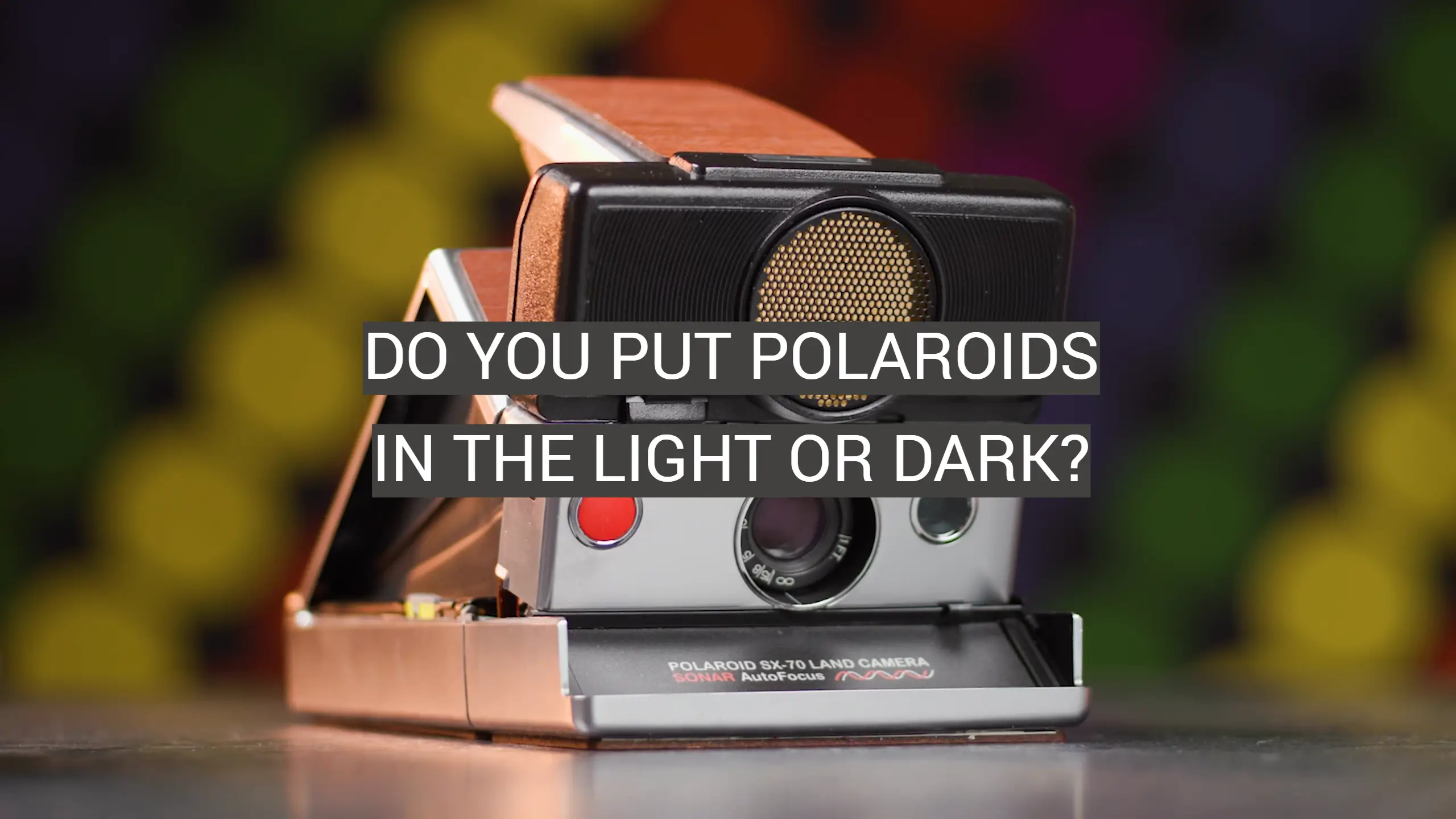
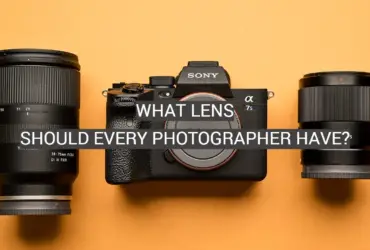
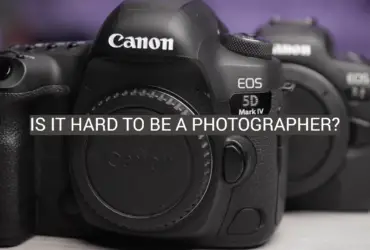
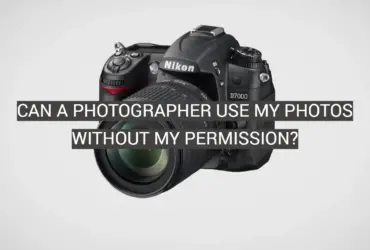



Leave a Reply